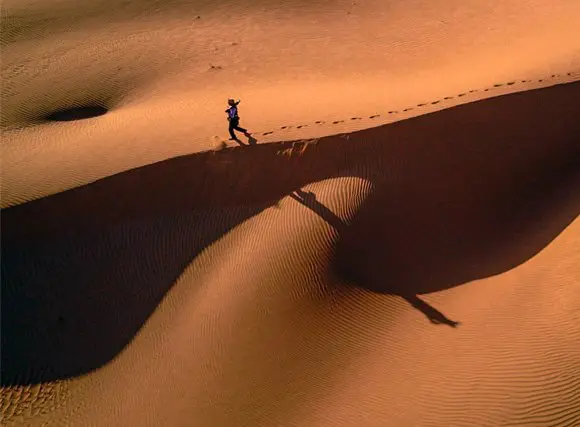Drone photography has really taken off in recent years (pardon the pun). We’ve all seen incredible footage shot from drones: watched wild landscapes open up before us or looked down on places we thought we knew well, yet discovered anew from this bird’s eye view.
It’s an exciting field of photography! There’s no denying the thrill of that inaugural flight, and of learning to make your drone hover and soar. Then there are the results: the unique images and highly shareable videos. What’s more costs are coming down as technology rapidly improves.
So it’s really no surprise that we’re getting more and more queries from clients wanting to take a drone on safari.
Here, then, is everything you need to know before you pack your drone.
Firstly, the Issues & Concerns
Being reserves the primary concern is, naturally, for the wildlife. Studies have shown that flying a drone back and forth over animals’ heads can cause them stress. There have even been stories of the inconsiderate use of drones resulting in an already-skittish column of wildebeest abandoning a river crossing, or a protective elephant and her young taking flight in panic.
The general rule amongst safari guides is that your actions shouldn’t affect the behaviour of the animals you’re observing. And while game drive vehicles stop a respectful distance from their sighting, there will always be that temptation to fly a drone in closer to get that stand-out footage.
The other consideration is for your fellow safari goers. People cross continents to get out into the wilds of Africa and, once there, might not want the disruptive sound of a drone buzzing about their heads. Also, should a drone cause an animal to walk (or run!) away, it’ll ruin the sighting for everyone else.

This elephant in Botswana’s Chobe Region was photographed by Paul Souders using a drone.
OK, But What Are The Laws?
In general drones are not permitted in national parks. The first country to clamp down on this was South Africa, which banned the use of unmanned aerial vehicles (such as drones) in all their national parks – particularly the Kruger National Park. There are strict consequences for breaking these no-fly zones, with the possibility of being arrested and your equipment seized.
Botswana soon followed suit. Their game parks and wildlife sanctuaries are all considered restricted fly areas. This means that it is possible to apply for a permit for Botswana’s parks, but should you be caught flying a drone in a way that disturbs the animals you could be fined up to 5,000 pula (USD 470).
In Kenya you need to apply for permission from the CAA (Civil Aviation Authority). There are consequences here too: in January an Austrian tourist was arrested in Amboseli for illegally flying a drone. He was taken to court and, on admitting guilt, fined 50,000 shillings (around USD 490).
 Flying a drone over a sand dune.
Flying a drone over a sand dune.
And What About Private Reserves?
Some private reserves and concessions do allow drones for photography or filming. You’ll probably need to hire your own vehicle (at an additional cost) so that you don’t disturb the other guests. But then you can also take your time to set up without people getting impatient.
Keep a careful eye on the behaviour of the animal that you’re filming, remembering that you’re a visitor on their home ground. And just bear in mind that should your drone happen to crash, there’s a good chance of you not getting it back.
If drone photography isn’t permitted on game drives, you might still be able to fly around the lodge. These properties are built in spectacular locations! And it’s Africa’s great landscapes that really shine in drone photography, that bird’s eye view as you swoop over a sand dune or along a wild coastline with nobody else in sight.
Interested in going on safari? Get in touch with a Giltedge Africa Travel Expert to find out more.
